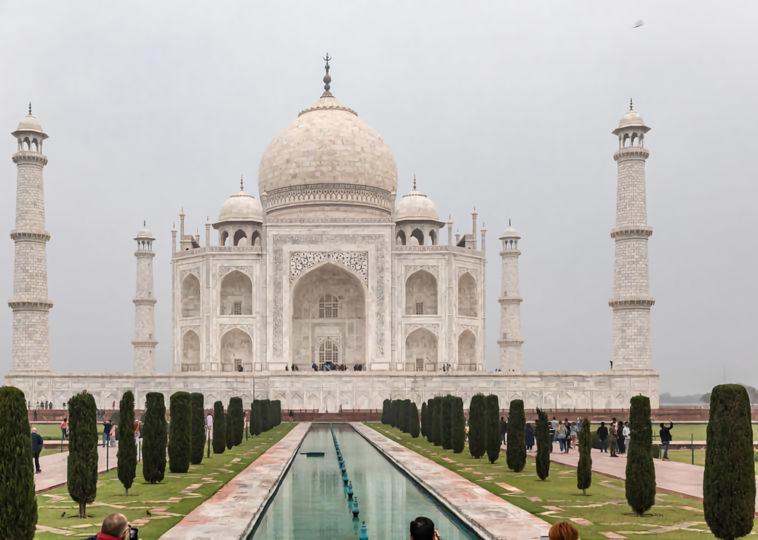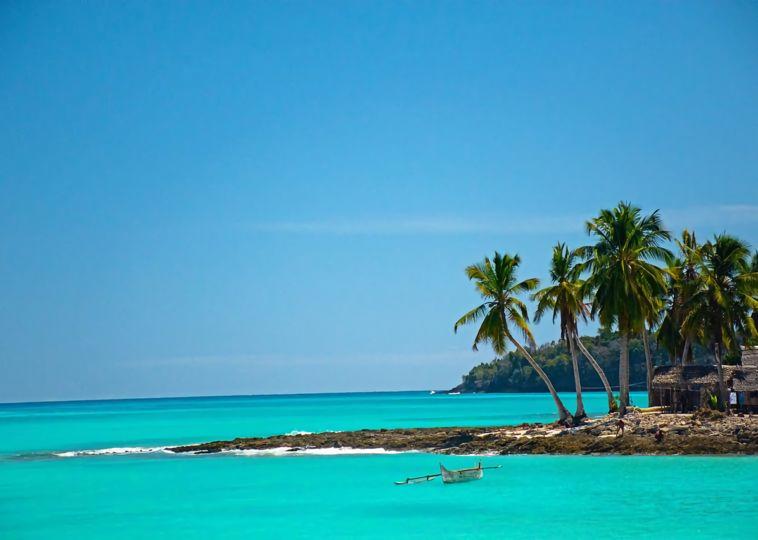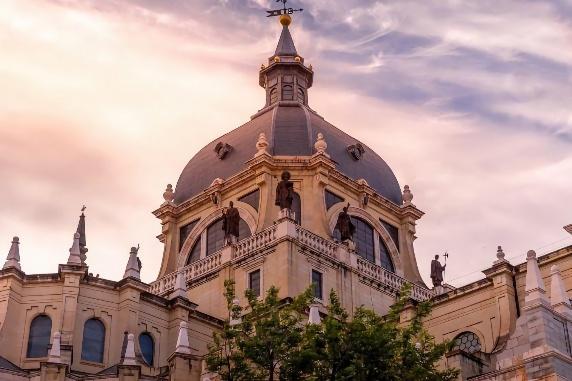Top 5 Remarkable Places to Visit Before they Disappear

Global warming, deforestation, and air pollution are causing an abrupt change in the Earth’s climate. Scientific studies indicate the ozone layer is deteriorating, and global sea levels rise yearly. It leads to a rapid shift in landscapes around the world. There is no guarantee that some of the most beautiful places on Earth exist.
Planet Earth has millions of beautiful flora and fauna, thousands of icy peaks, huge rainforests, and stunning islands. Much of the planet’s natural beauty disappeared just to be found in history books and television shows. As the traveler beckons in you, here are some unspoiled places to visit worldwide before disappearing in the next few decades.
Taj Mahal, India

The Taj Mahal is one of Agra, India’s wonders and world heritage. Mughal Emperor Shah Jahan commissioned the Taj Mahal in memory of his wife, Mumtaz Mahal, and construction of the Taj Mahal began in 1648 and took over 21 years to complete. Overpopulation and industrial pollution are causing severe damage to the beauty of the Taj Mahal.
The marble’s brightness makes the Taj Mahal one of the most attractive monuments in the world. Taj Mahal is located in a densely populated area with seventeen chemical industries. Whenever sulfur dioxide is mixed with atmospheric moisture from sulfuric acid, it will settle on the surface of the Taj Mahal.
Madagascar Island

Madagascar is the fourth largest island in the world in southeastern Africa in the Indian Ocean. Madagascar is home to 250,000 animal species and 14,000 endemic plant species. Madagascar has a greater variety of corals, and the third largest coral system in the world, known as the Toliara coral system, is also located on the island.
Madagascar is the eighth continent in the world because of its unique ecosystem. Deforestation is the greatest threat to the island of Madagascar. The widespread vegetation clearing from Madagascar causes soil erosion, making it entirely unsuitable for plants. Deforestation also leads to the disappearance of some native animals and the loss of the island’s coral system.
The Dead Sea

The Dead Sea is a salt-dense lake near the Jordani-Israel border. The coasts of the Dead Sea are 423 meters below sea level, the lowest elevation on Earth. Because of the high salt concentration, people can swim in the Dead Sea due to buoyancy. But the Dead Sea has shrunk dramatically in recent decades.
The water level of the dead seas drops to 4 feet each year. An estimated third of the Dead Sea has shrunk in the past 40 years. If it continues, the dead person will disappear in the next 50 years.
Venice, Italy

Venice is one of the most beautiful cities in Italy and connects 118 small islands through canals and bridges. The city attracts at least 50,000 tourists a day and is the 28th most visited city in the world. Grand Canal Boat Tour and Venice Carnival are the main tourist attractions in the city.
The surveys suggest that rising sea levels could make the city of Venice disappear in the next 50 years. The enormous tides known as aqua alta are the greatest threat to Venice. The rise in sea level is the source of aqua alta waves. The frequency of flooding in Venice increases yearly and drowns the city’s lowest islands.
Galapagos Islands

Galapagos Islands are an archipelago of 19 volcanic islands distributed in an equatorial line in the Pacific Ocean. The wildlife in the Galapagos is highly tame due to the lack of larger natural predators.
The islands are home to a large number of endemic species, including flightless cormorants, blue-footed booby, Galapagos sea lions, Galapagos Hawks, giant pink turtles, and Galapagos penguins. Many of the Galapagos islands have been overpopulated by people today. Transportation, hunting, deforestation, and other daily activities change these valued islands’ ecosystems.


